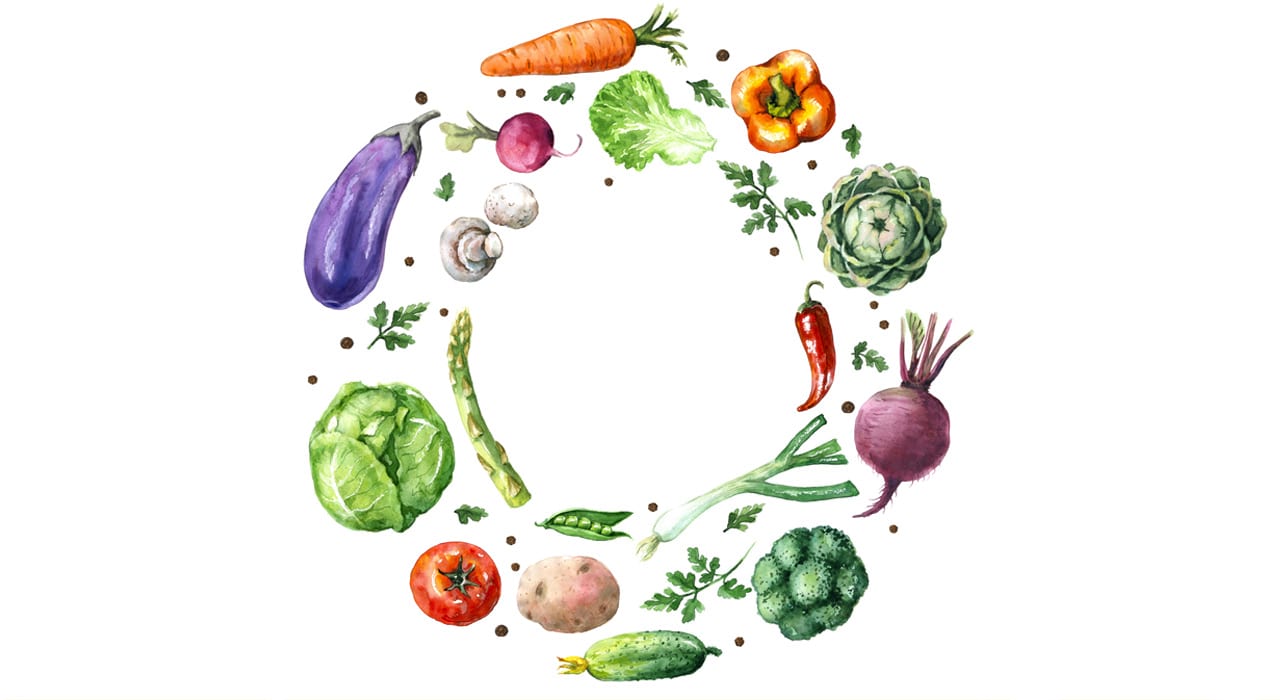By Ashley Horner | Published on June 24, 2017
With summer here, you probably want to clean up your diet – a feat easier said than done. It can be pretty confusing with every label you read in the ‘healthy aisles’ claiming to be a green light for clean eating.
Natural, gluten-free, organic, lactose-free, sugar-free and fat-free: they can baffle anyone and could see you falling victim to marketing scams by buying and eating foods that might not actually be that healthy for you, even though they claim to be.
In fact, research in the American Journal of Preventative Medicine found that food labels are becoming increasingly difficult to understand for the average consumer.
Nutritionist, pro fitness competitor and triathlete, Ashley Horner, is here to sort all of this out for you to make it a little less confusing so you can march through the grocery store with confidence.
Rule #1
Don’t be blinded by ‘organic’
Just because something says it’s organic doesn’t mean you can eat as many as you want, or that it’s healthy. Many of us have programmed our brains into thinking that when we see organic, that means it’s good for our food. Does it mean that it’s better than refined sugar-loaded gummy worms? Well, yes, but sugar is still sugar, and whatever is not used by your body for energy will be turned to fat and stored in the places you want it least.
Rule #2
Know your real enemy
Stay away from artificial sugar, especially diet sodas. Not only will artificial sugar make your stomach upset, it will also cause you to crave even more sweets. Rather, cut back on sugar by taking a close look at labels. Firstly, cut out packaged and refined sugar. You might be surprised what the numbers add up to throughout the course of a day, week and even month.
Rule #3
Navigate the aisles properly
When grocery shopping, stay on the outside of the store. This keeps you in the fresher and healthier food sections, which typically consist of foods from the earth. Before you place a food package in your cart, pause for a moment, read the label and look at the ingredient list. Ask yourself if it came directly from the earth? If so, then you get the green light to add it to your basket of clean foods.
– RELATED: How To Detox (The Easy Way) –
Rule #4
Don’t be fooled by ‘reduced’
Did you know that only a few grams of fat are removed from reduced-fat peanut butter, and then only to make room for more sugar? Including fats in your diet, like coconut oil, avocado, almonds and fresh salmon, can actually help you burn fat. So, don’t be afraid of fat coming from the right sources. But be weary of products claiming to be fat-free – there is probably a catch, which is why I can’t stress enough how important it is to read labels. When picking products up, compare them to others that are similar.
Your cleanest and most toxic foods
Some foods are tastier to insects than others so are treated with more pesticides. Research by the Environmental Workout Group outlines which foods are sprayed the most and least:
Most pesticide
1. Apples
2. Strawberries
3. Grapes
4. Celery
5. Peaches
6. Spinach
7. Sweet bell peppers
8. Nectarines
9. Cucumbers
10. Cherry tomatoes
11. Snap peas
12. Potatoes
Least pesticide
1. Avocados
2. Sweet corn
3. Pineapples
4. Cabbage
5. Sweet peas, frozen
6. Onions
7. Asparagus
8. Mangos
9. Papayas
10. Kiwi
11. Eggplant
12. Grapefruit
13. Cantaloupe
14. Cauliflower
15. Sweet potatoes

